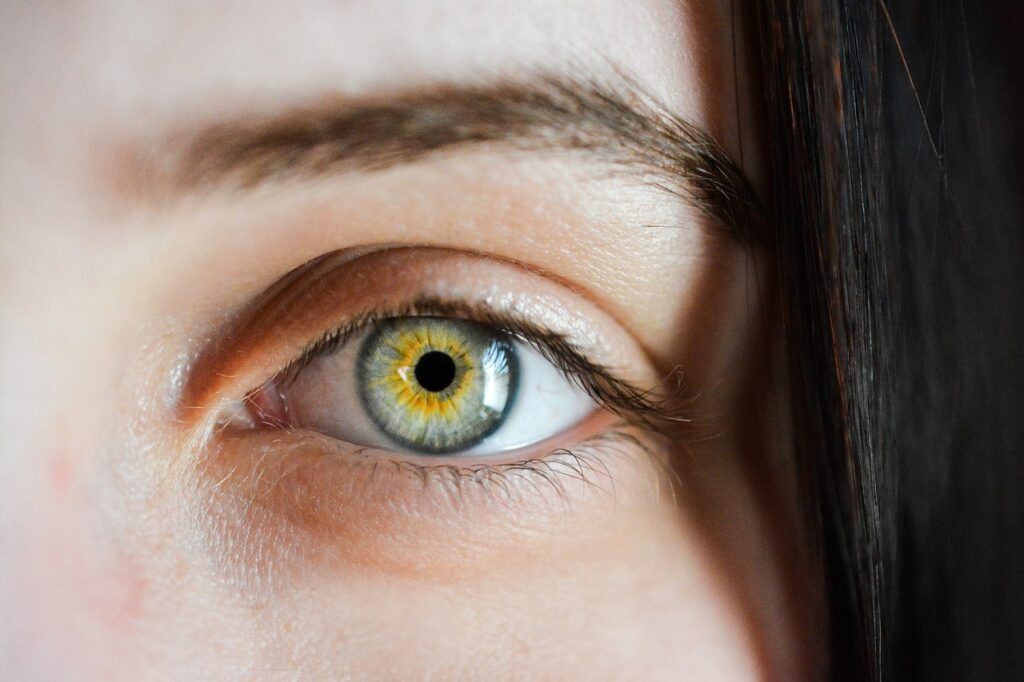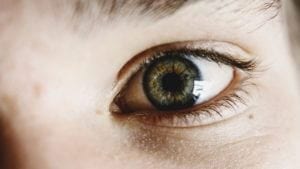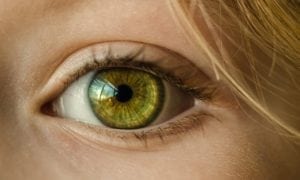While some therapies offer potential benefits to patients, not all therapies show efficacy within the clinical trial environment. Recently, shares MedCityNews, this occurred with biotechnology company Biogen Inc.’s (“Biogen”) gene therapy candidate, cotoretigene toliparvovec (BIIB112), for patients with X-linked retinitis pigmentosa (XLRP). Unfortunately, cotoretigene toliparvovec failed to meet the primary trial endpoint of significant retinal and vision improvement. However, Biogen believes that the treatment still holds the possibility of meeting secondary endpoints and offering benefits to patients.
Cotoretigene Toliparvovec for XLRP
In 2019, Biogen acquired Nightstar Therapeutics. With this acquisition came cotoretigene toliparvovec, a potential treatment for XLRP. In an announcement regarding results for the Phase 2/3 XIRIUS clinical trial, Biogen describes cotoretigene toliparvovec as:
an investigational AAV8 vector-based gene therapy administered by subretinal injection, designed to provide full-length functioning retinitis pigmentosa GTPase regulator (RPGR) protein in patients with X-linked retinitis pigmentosa (XLRP) caused by mutations in the RPGR gene.
By replacing the gene, cotoretigene toliparvovec leads to increased levels of the RPGR protein which may potentially slow, stop or prevent further degeneration of photoreceptors in patients with RPGR-associated XLRP.
Altogether, 50 patients enrolled in the study. Because X-linked conditions usually affect males, those enrolled were males with a confirmed XLRP diagnosis. The trial consisted of two main parts: a 24-month (2-year) dose escalation phase and a 12-month (1-year) dose expansion phase. 18 patients participated in the first phase, while 32 participated in the second phase. During this time, researchers also used one healthy group as controls.
According to the release, Biogen shared that:
The XIRIUS study did not meet its primary endpoint of demonstrating a statistically significant improvement in the proportion of treated study eyes with ≥7 dB improvement from baseline at ≥5 of the 16 central loci of the 10-2 grid assessed by Macular Integrity Assessment (MAIA) microperimetry.
But while this is somewhat of a letdown, Biogen still believes that the therapy could be beneficial. Researchers suggest that the data highlights positive trends and some visual improvements. Additionally, there were minimal adverse reactions, so the treatment was relatively safe and well-tolerated. Thus, Biogen must evaluate the current data to determine how to move forward with this gene therapy.
Retinitis Pigmentosa (RP)
Over 60 genetic mutations are associated with retinitis pigmentosa (RP), a group of progressive inherited diseases which cause retinal degeneration. Normally, the retina, or tissue lining the back of the eye, helps convert light into electrical signals. The brain then uses these signals to interpret our vision and what we’re seeing. But when photoreceptor cells (cones or rods) in the retina degenerate or are damaged, it causes vision loss. Most patients are considered legally blind by 40 years old.
RP can be inherited in an autosomal dominant, autosomal recessive, or X-linked pattern. Autosomal dominant means that a patient only needs to inherit one defective gene from either parent. Alternately, autosomal recessive means that a patient needs to inherit one defective gene from both parents. Finally, in XLRP, the patient inherits a mutated maternal gene on an X-chromosome. Sons of carrier mothers have a 50% chance of inheriting XLRP.
Typically, symptoms relate to whether rods or cones are affected. Most patients first experience issues with rods, causing peripheral and night vision loss or degeneration. Later, when cones are impacted, patients experience diminished central vision and changes in the ability to see colors or details.







